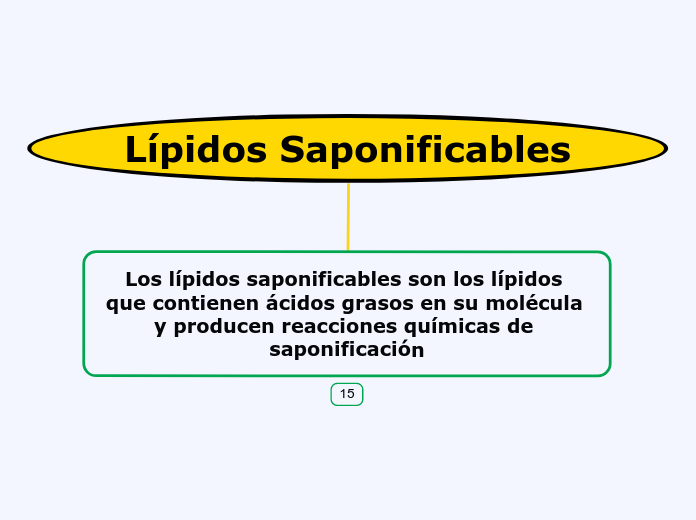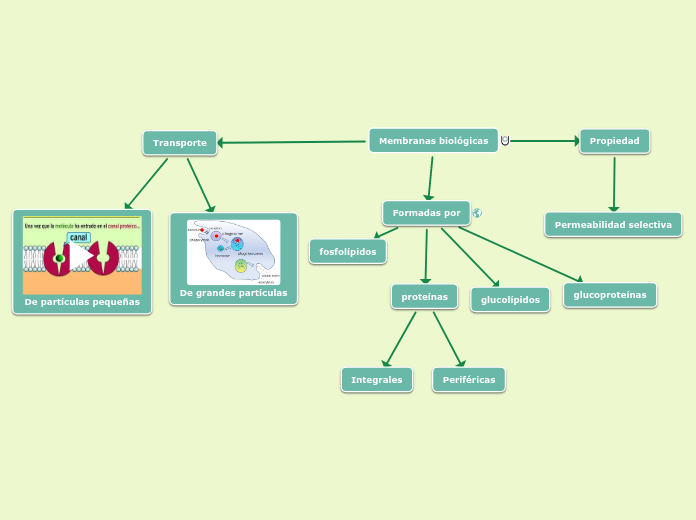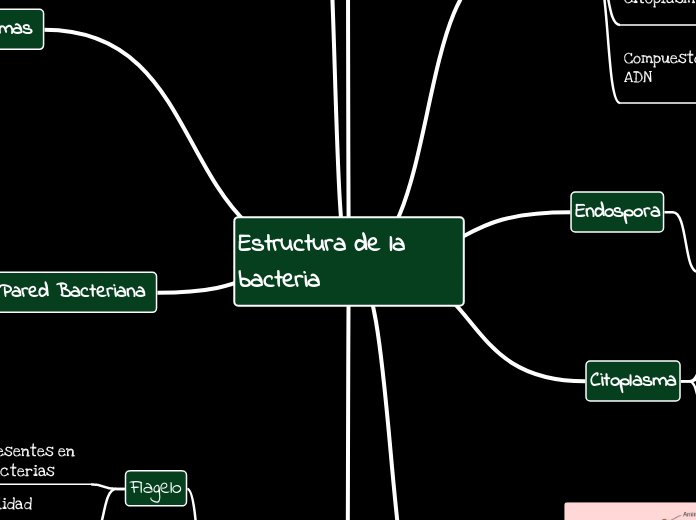Lípidos Saponificables
The Solar System is the gravitationally bound system of the Sun and the objects that orbit it, either directly or indirectly. Of the objects that orbit the Sun directly, the largest are the eight planets, with the remainder being smaller objects, the dwarf planets, and small Solar System bodies.
Los lípidos saponificables son los lípidos que contienen ácidos grasos en su molécula y producen reacciones químicas de saponificación
A su vez los lípidos saponificables se dividen en:
Lípidos Complejos
It was once considered a planet but in August 2006 the International Astronomical Union (IAU) downgraded the status of Pluto to that of “dwarf planet.”
Pluto is unlike other planets in many respects. It is smaller than Earth's moon; its orbit is highly elliptical.
It's a cold, rocky world with a tenuous atmosphere. Pluto is a very active ice world that's covered in glaciers, mountains of ice water, icy dunes, and possibly even cryovolcanoes that erupt icy lava made of water, methane or ammonia.
Son lípidos saponificables en cuya estructura molecular además de carbono, hidrógeno y oxígeno, hay también nitrógeno,fósforo, azufre o un glúcido.
Son las principales moléculas constitutivas de la doble capa lipídica de la membrana, por lo que también se llaman lípidos de membrana. Son tammbién moléculas anfipáticas.
Glucolípidos
Saturn is known most for its rings.
Galileo Galilei first thought it was an object with three parts: a planet and two large moons on either side.
Not knowing he was seeing a planet with rings, the stumped astronomer entered a small drawing — a symbol with one large circle and two smaller ones — in his notebook.
The rings are made of ice and rock and scientists are not yet sure how they formed. The gaseous planet is mostly hydrogen and helium.
Son lípidos complejos que se caracterizan por poseer un glúcido. Se encuentran formando parte de las bicapas lipídicas de las membranas de todas las células, especialmente de las neuronas. Se sitúan en la cara externa de la membrana celular, en donde realizan una función de relación celular, siendo receptores de moléculas externas que darán lugar a respuestas celulares.
Saturn has over 150 moons and satellites. However, of these vast numbers of moons, only 62 are known and confirmed as moons.
Name at least 5 of these moons.
Fosfolípidos
Uranus is an oddball. It has clouds made of hydrogen sulfide, the same chemical that makes rotten eggs smell so foul.
It rotates from east to west like Venus. Its tilt causes extreme seasons that last 20-plus years, and the sun beats down on one pole or the other for 84 Earth-years at a time.
Methane in the atmosphere gives Uranus its blue-green tint. It also has 13 sets of faint rings.
Se caracterizan por presentar un ácido ortofosfórico en su zona polar. Son las moléculas más abundantes de la membrana citoplasmática.
Uranus has 27 moons that we know of. Five of the moons are large and the rest are much smaller.
Name these 5 moons.
Lípidos Simples
Mercury is the smallest, only a little bit larger than Earth's moon. Mercury has no moon.
It experiences dramatic changes in its day and night temperatures: Day temperatures can reach a scorching 840 F (450 C), which is hot enough to melt lead. Meanwhile, on the night side, temperatures drop to minus 290 F (minus 180 C).
It also has a very thin atmosphere of oxygen, sodium, hydrogen, helium, and potassium and can't break-up incoming meteors, so its surface is pockmarked with craters, just like the moon.
Son lípidos saponificables en cuya composición química sólo intervienen carbono, hidrógeno y oxígeno.
Ceras
Mars is a cold, desert-like place covered in dust. This dust is made of iron oxides, giving the planet its iconic red hue.
Mars shares similarities with Earth: It is rocky, has mountains, valleys and canyons, and storm systems ranging from localized tornado-like dust devils to planet-engulfing dust storms.
Las ceras son ésteres de ácidos grasos de cadena larga, con alcoholes también de cadena larga. En general son sólidas y totalmente insolubles en agua. Todas las funciones que realizan están relacionadas con su impermeabilidad al agua y con su consistencia firme. Así las plumas, el pelo , la piel,las hojas, frutos, están cubiertas de una capa cérea protectora.
Una de las ceras más conocidas es la que segregan las abejas para confeccionar su panal
Arcigliceridos
Earth is a water world, with two-thirds of the planet covered by oceans.
It's the only world known to harbor life.
Earth's atmosphere is rich in nitrogen and oxygen.
Its name originates from 'Die Erde,' the German word for 'the ground.'
Earth may once have had two moons, nowadays it has just one.
Son lípidos simples formados por la esterificación de una,dos o tres moléculas de ácidos grasos con una molécula de glicerina. También reciben el nombre de glicéridos o grasas simples
Our Solar System has eight “official” planets which orbit the Sun.
Each planet is at a different distance from the sun. Name its position.
Según el número de ácidos grasos, se distinguen tres tipos de estos lípidos:
- los monoglicéridos, que contienen una molécula de ácido graso.
- los diglicéridos, con dos moléculas de ácidos grasos.
- los triglicéridos, con tres moléculas de ácidos grasos.









